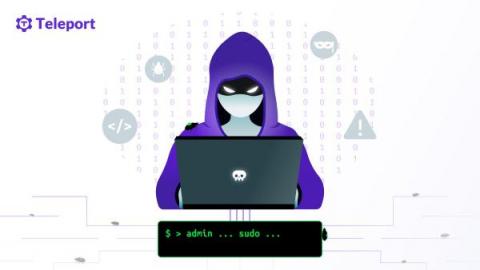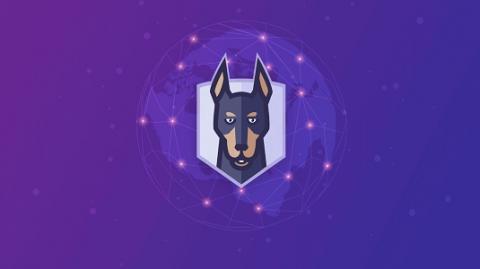How to Stop Container Escape and Prevent Privilege Escalation
Container escape is a security risk in which malicious players can leverage a containerized application’s vulnerabilities to breach its isolation boundary, gaining access to the host system’s resources. Once an attacker accesses the host system, they can escalate their privilege to access other containers running in the machine or run harmful code on the host. Depending on how vulnerable the host is, the actor could also access other hosts in the network.










